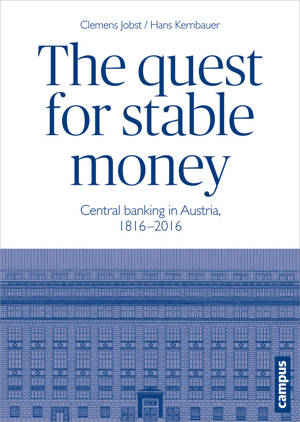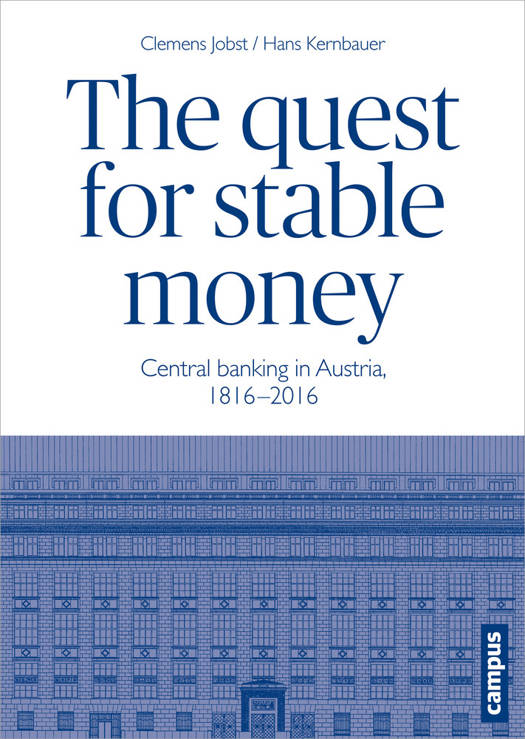
- Afhalen na 1 uur in een winkel met voorraad
- Gratis thuislevering in België vanaf € 30
- Ruim aanbod met 7 miljoen producten
- Afhalen na 1 uur in een winkel met voorraad
- Gratis thuislevering in België vanaf € 30
- Ruim aanbod met 7 miljoen producten
Zoeken
The Quest for Stable Money
Central Banking in Austria, 1816-2016
Clemens Jobst, Hans Kernbauer
Hardcover | Engels
€ 43,45
+ 86 punten
Omschrijving
Caught up in the costly Napoleonic wars, Austria went into sovereign default in 1811. Five years later, the public authorities founded a national bank to be financed and run by private shareholders, the idea being that an independent bank would help rebuild trust in money. During the two hundred years that followed, the Oesterreichische Nationalbank grew from the treasury's banker-of-choice into a central bank, and from a private stock corporation into a public institution. Yet the challenges facing today's Nationalbank are a surprising echo of the past: How can it provide stable money? How far must central bank independence go? How does monetary policy making work in a multinational monetary union? Stretching from the Nationalbank's predecessor, the Wiener Stadtbanco, to Austria's integration into the European Union today, this engaging book provides the first extensive overview of Austria's monetary history.
Specificaties
Betrokkenen
- Auteur(s):
- Vertaler(s):
- Uitgeverij:
Inhoud
- Aantal bladzijden:
- 320
- Taal:
- Engels
Eigenschappen
- Productcode (EAN):
- 9783593505350
- Verschijningsdatum:
- 15/09/2016
- Uitvoering:
- Hardcover
- Formaat:
- Genaaid
- Afmetingen:
- 165 mm x 229 mm
- Gewicht:
- 884 g

Alleen bij Standaard Boekhandel
+ 86 punten op je klantenkaart van Standaard Boekhandel
Beoordelingen
We publiceren alleen reviews die voldoen aan de voorwaarden voor reviews. Bekijk onze voorwaarden voor reviews.








